Why Athletes Need Anti-Core Training
Core training is more intricate than banging out a few sets of sit-ups and chasing six-pack abs, especially when it comes to athletic performance. The core muscles connect the upper and lower body. If a link in this chain is broken, an athlete’s performance will suffer. For rotational sport athletes, the core is responsible for generating power from the ground and transferring it to the extremities without leaking energy. If you’re an athlete that runs, skates, jumps, bends, rotates, shoots or throws you need a strong core to be powerful. Focusing on anti-core training is key to a well-rounded program.
At The Athletic Movement, we incorporate core — or anti-core training — into every session with every age group. We prioritize this kind of training to help athletes increase their capability to stabilize their core, resist motion and limit spinal rotation for greater performance and injury prevention.
Here are the three areas of core training we focus on:
Anti-extension — When you arch your back your spine is in extension. Some extension of the spine is expected in high-speed athletic movements, like throwing, shooting and sprinting. It’s important to make sure the spine doesn’t extend too much during these movements. Anti-extension core training teaches athletes how to maintain a neutral spine position. Maintaining a neutral spine and properly bracing your core during these movements is key to limiting spinal injuries due to overextension. Plank, dead bug and ab wheel are some exercises we use to train anti-extension.
Anti-rotation — This element of core exercise trains the hips and spine to resist rotation, which is key for all athletes. Anti-rotation core training forces the athlete to brace their core. It also forces the core to fire and resist against rotation through lateral resistance. This is important because a prerequisite to producing optimal rotational power is learning how to limit or control rotation. Once mastered, this will allow an athlete to fully harness the power they develop through the lower body and transfer it to the upper body without increasing their risk of injury. Plank row, plank reach and anti-rotation press are some of the exercises we use to target anti-rotation.
Anti-lateral flexion — This area of core training is vital for athletes because when they change direction on the ice, field or court their spine will bend to the side as their shoulders rock outside their hips, which increases the risk of injury to an athlete’s knees, hips and ankles. It also causes a power leak, limiting an athlete’s ability to change direction quickly and effectively. Anti-lateral flexion exercises train the spine to resist bending to the side to avoid injury and power reduction. Chops and lifts, side planks, suitcase carry and anti-lateral flexion presses are some of the exercises we use to target the core for anti-lateral flexion.
Preparing an athlete’s core for the rigors of their sport requires consciously training the core muscles through a variety of movements that test stability, strength, balance and coordination. In order to generate maximum power an athlete’s pelvis and spine must be stable. To achieve pelvic and spinal stability, an athlete’s core must be strong and functioning correctly. Honed core strength and stability allow an athlete to be more explosive, skate and run faster, quickly change direction and perform at a high level in their sport. For athletes who want to succeed in the athletic arena and lower their risk of injury, anti-core training should not be overlooked.
